

Designing in the Open(Source)
source link: https://medium.com/microsoft-design/designing-in-the-open-source-5c62be73a599
Go to the source link to view the article. You can view the picture content, updated content and better typesetting reading experience. If the link is broken, please click the button below to view the snapshot at that time.
Designing in the Open(Source)
Why we’re excited to freely share our emoji for you to remix
By Jon Friedman
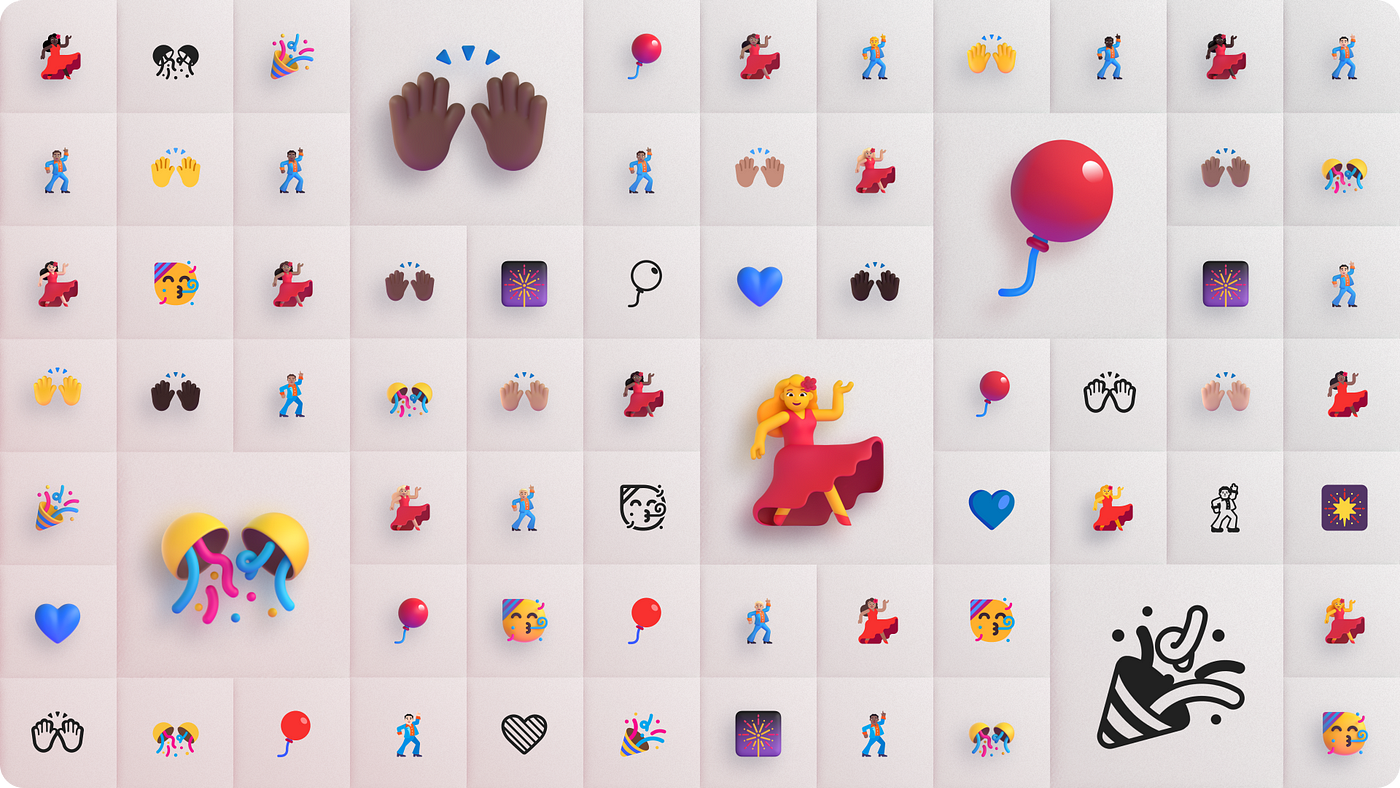
🤣😭😍🤬
Whatever the moment calls for, there’s an emoji for that. Overcoming language barriers, communicating nuance or humor, softening feedback that might otherwise sound harsh — if all the world’s a digital stage, the 21st century players are emoji.
These essential communicators have become so important that we refreshed our entire emoji library last year as part of ongoing efforts to make Microsoft 365 a more expressive ecosystem than ever before. But what’s even better than a vibrant array of refreshed emoji? A vibrant array of open-source emoji!
Starting today, you can open source most of our emoji library on in Figma and on Github 🥳. There are some exceptions (the fine print is below), but there’s a veritable smorgasbord of emoji for you to go build with — and build on.
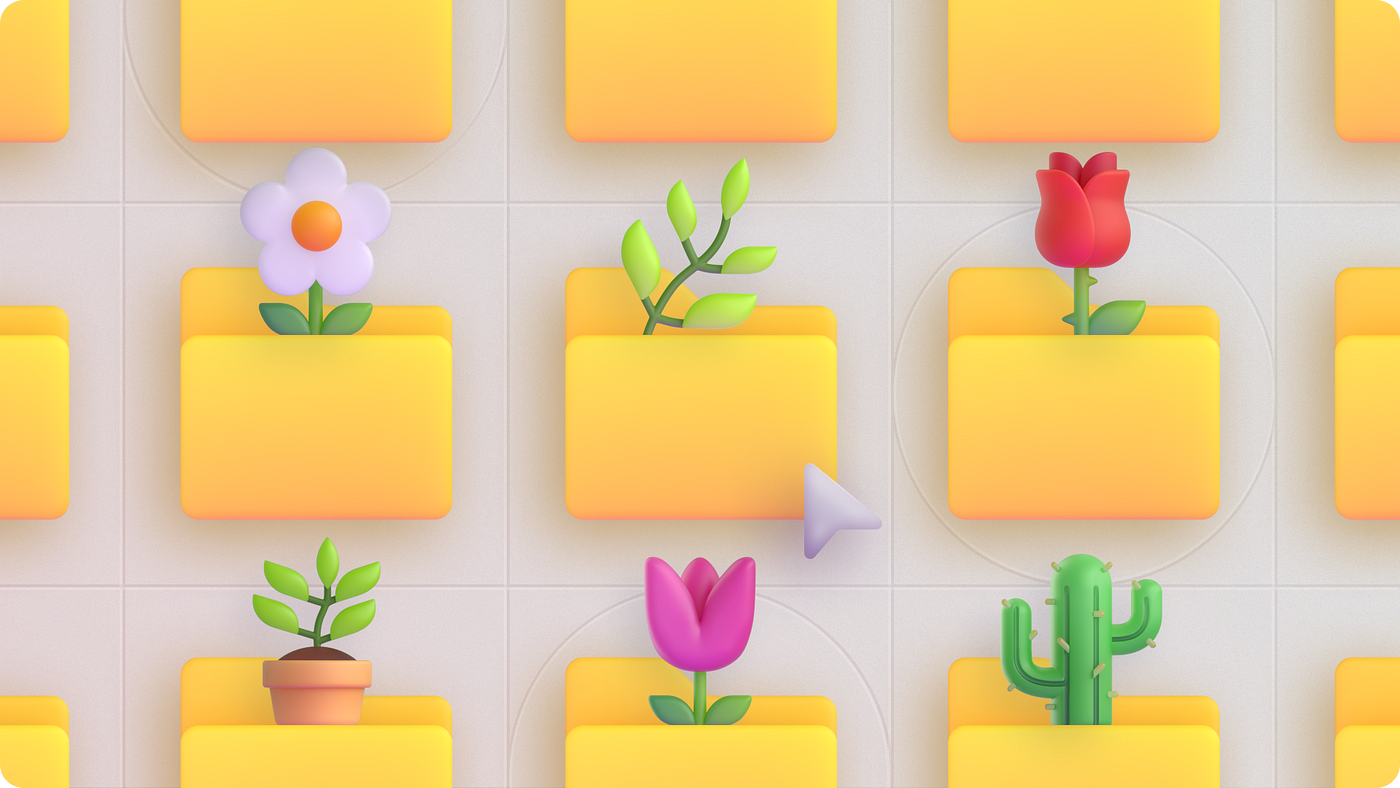
Showing the 1500+ emoji that are now available in the GitHub repository.
Stop Hiding Your Homework
Last year, I wrote about how we’re (thankfully) moving past old-school professionalism. As the pandemic upended the idea of leaving our “home selves” at home, it normalized our ability to emotively and authentically express ourselves in work contexts. It’s why we doubled down on things like live reactions in Teams and created a colorful swath of new stickers, backgrounds, themes, and emoji to use throughout the Microsoft 365 ecosystem.
Also currently shifting are professional processes, like the closed and hierarchical norms that once defined product development. That’s what makes open-sourced UX culture so interesting — and so aligned with our own design philosophy of designing in the open. I’ve seen firsthand how it’s transformed our culture and products. As a creative professional, few things are more rewarding than delivering experiences that help people connect, collaborate, and create.
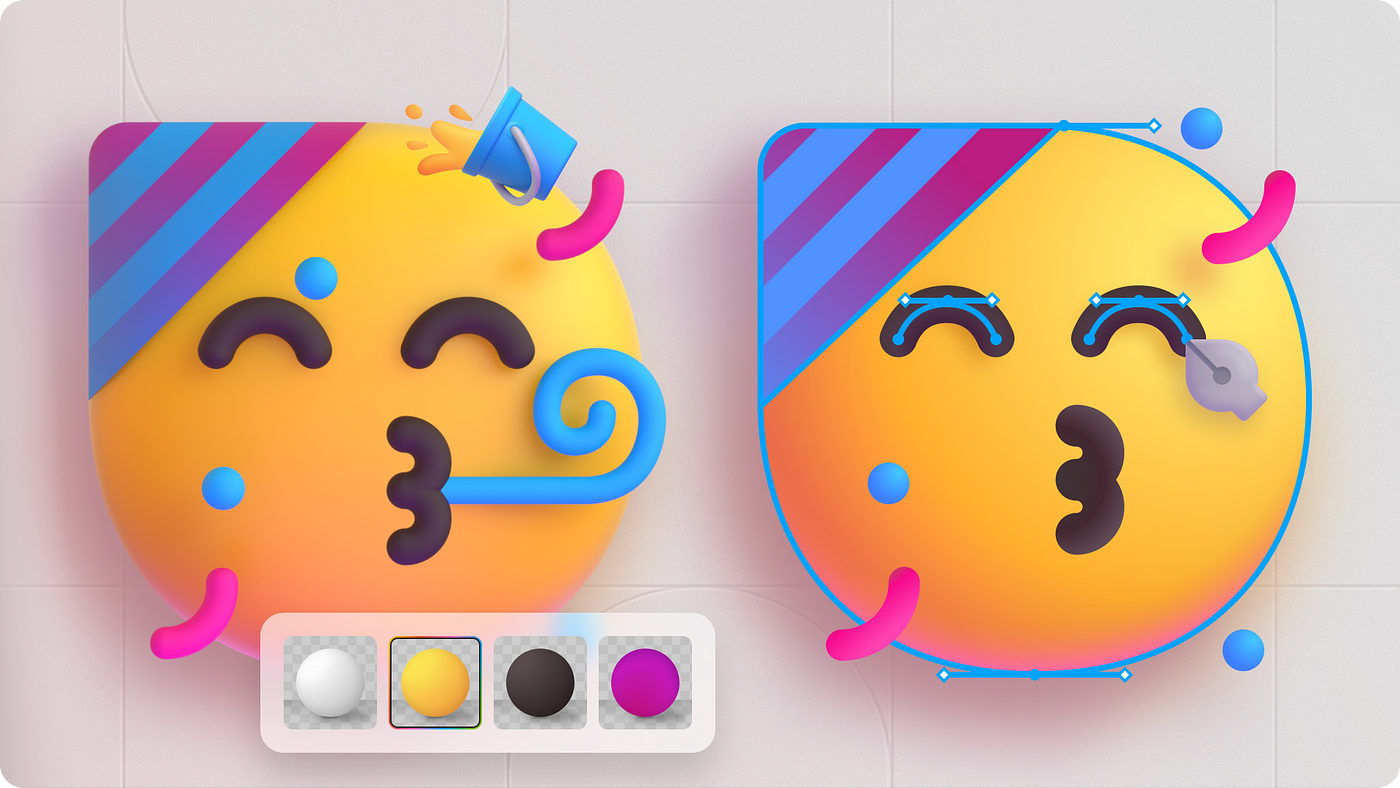
Tweak emoji to get the party started.
Jointly jamming is how good becomes great, how we keep ourselves humble, and open source is an incredible pathway to do that at scale. Now, does this eradicate trade secrets? Of course not. We can’t put lawyers wholly out of business 😉. But are we in the era of making sure nobody copies our homework and keeping all cards close to our chest? Not by a long shot and one powerful result is the democratization of creator experiences.
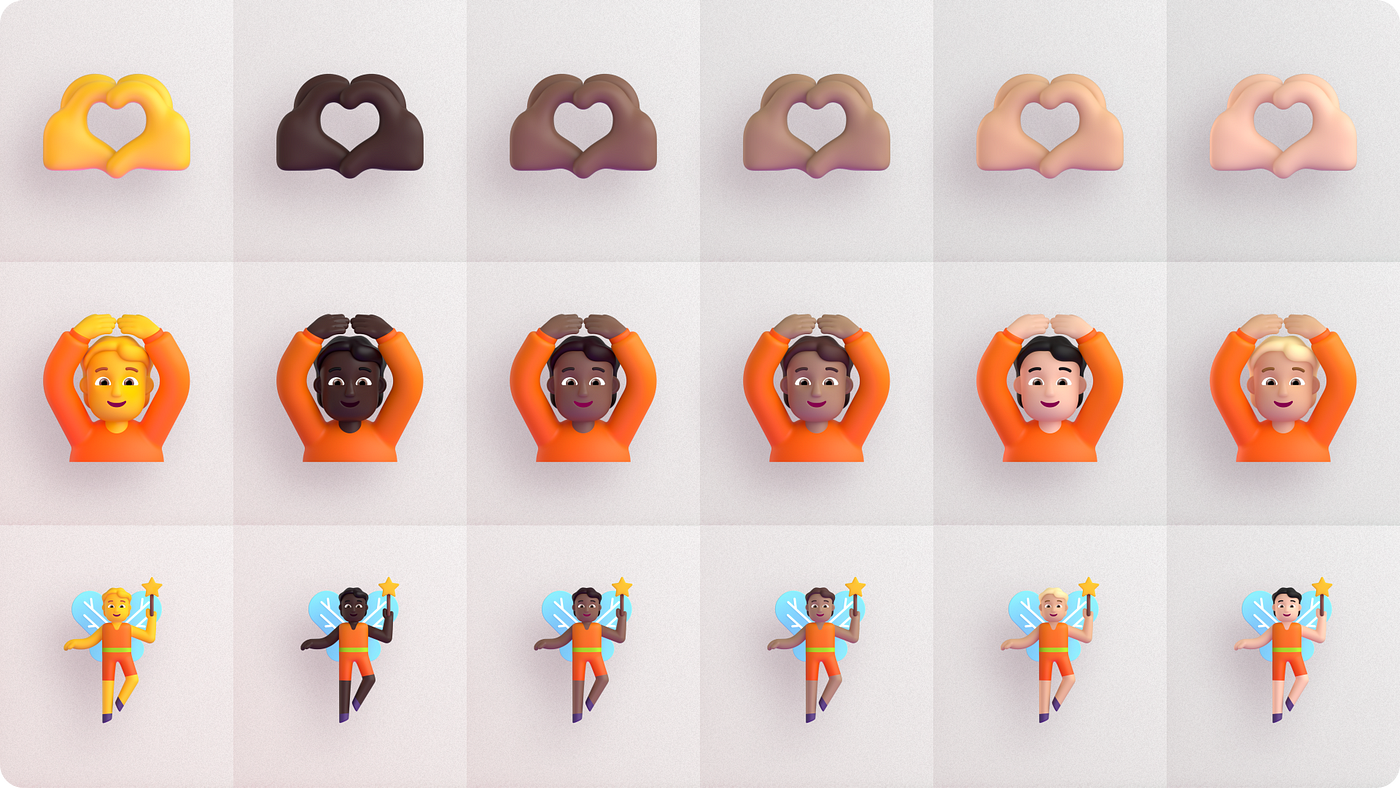
Here are the Unicode skin tones. Imagine all the shades in between.
Breaking out of the Fitzpatrick Scale
When we say collaborating at scale, we mean it at the most global of levels. An incredible team of designers and engineers spent over a year ensuring our emoji could be used in any needed format. Just as closed caption comes in different languages, emoji must exist as a SVG, PNG, and JPG file to enable true versatility. And for each of those, a vector, flat, and monochrome version should be created for scale and flexibility.
That’s no small feat when you’re talking about 1,538 emoji, but we wanted to ensure that every creator can build experiences that serve their community’s needs. This especially applies to developers and audiences who haven’t been historically included. A headdress, an Afro, a sari — enabling the world’s majority (aka Black and Brown people) to express themselves how they want, to whom they want, and when they want is not just powerful, but necessary.
Take skin tone, for example. With emoji, our industry celebrated inclusion when the prescribed yellow Unicode skin tone was expanded to include the six skin tones in the Fitzpatrick scale. Developed in 1975 by dermatologist Thomas Fitzpatrick, the scale classifies skin tone based on tolerance to sunlight. It was eventually applied to emoji as a way of creating inclusion and even as a great first step, it’s still prescriptive. It says here, you adhere to what we deem a helpful inclusive spectrum. Isn’t it better to build tools and support experiences that let people design their own spectrum?
Breaking out of the Fitzpatrick scale was one of our motivations for releasing our open-source Fluent emoji, but it goes well beyond physical attributes. Culture, religion, sexual orientation, politics, food — nobody knows your contexts and realities better than you and given how important emoji are in the realm of digital expression, we wanted to make them widely available for use.
Empowering creators to build great experiences is something Microsoft writ large is committed to. Our recently previewed express design power apps bring beautiful design to low and no code scenarios, and stay tuned for additional creator experiences rolling out this Fall.
The Fine Print
I don’t want to sugarcoat, so let’s start with the bad news: Clippy isn’t included in the open source emoji set 😩. I know, and I’d personally love to but due to (legal speak, legal speak, legal speak), we can’t open-source trademarks. For the same reason, our country flags, video game, and technologist emoji also won’t be available.
That said, there are 1500+ available for you, including your favorites, like 😂😎✌️and ❤️.
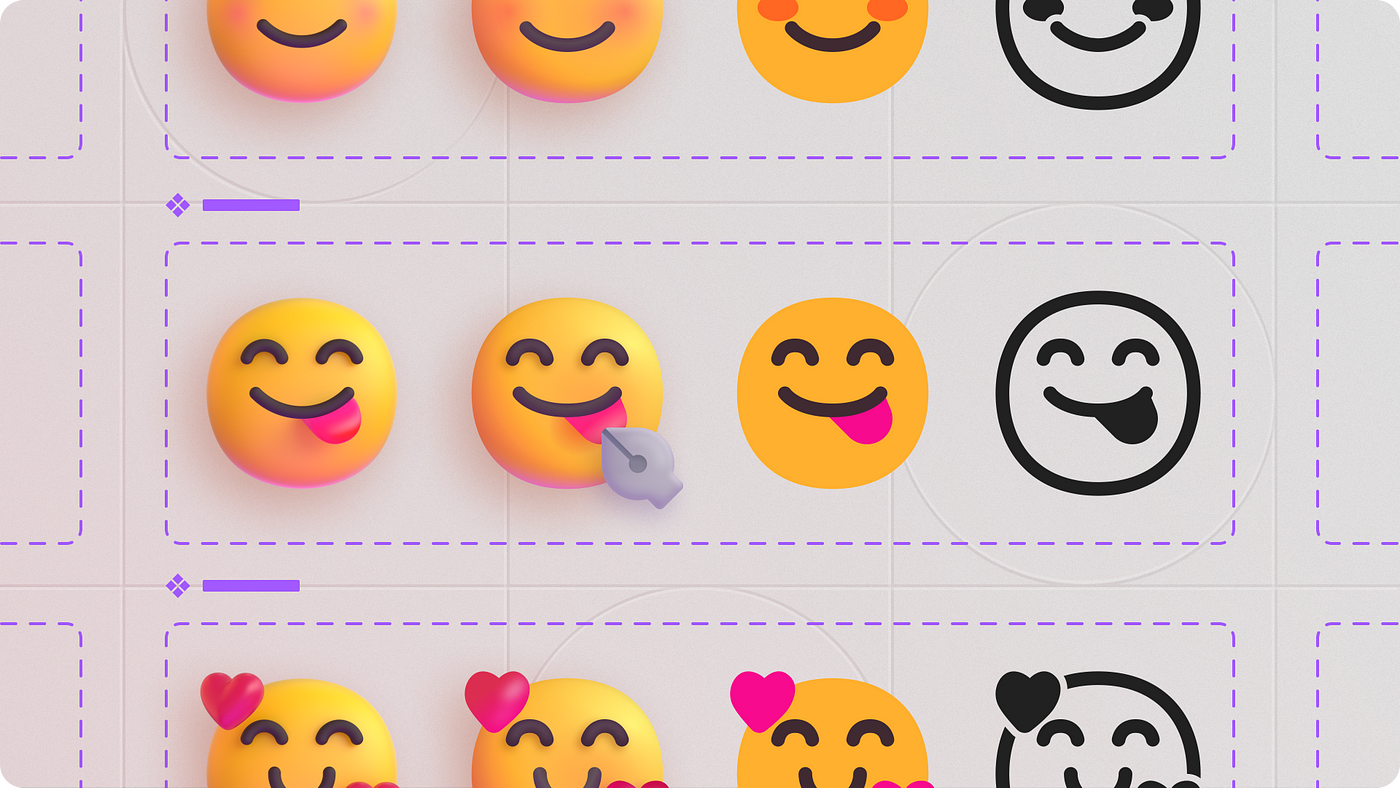
Get cheeky anyway you want.
Open Source Like an Artist
Part of what made Austin Kleon’s book Steal Like An Artist a cult classic is that it debunks the myth of the lone genius and champions the power of open collaboration. Even if we’re not consciously aware of it, every idea is influenced by something. With emoji, they were invented by Shigetaka Kurita in 1999 but evolved from part of Japan’s longstanding tradition of picture making — woodblock prints, illustrations, anime, and more — dating back to the Edo period in the 1600’s.
There’s power in recognizing, honoring, and building on the work of others. This belief is why we acquired GitHub, why we love collaborating with Figma, and why we’re open sourcing our emoji. Our creator community is infinitely imaginative, and we can’t wait to see how you break boundaries, remix our designs, and take the Fluent emoji to places we can’t foresee.
I’d love to hear your thoughts in the comments below — and please stay in touch and share your creations!
Recommend
About Joyk
Aggregate valuable and interesting links.
Joyk means Joy of geeK